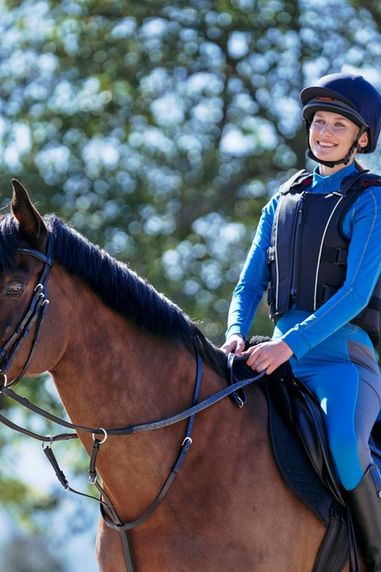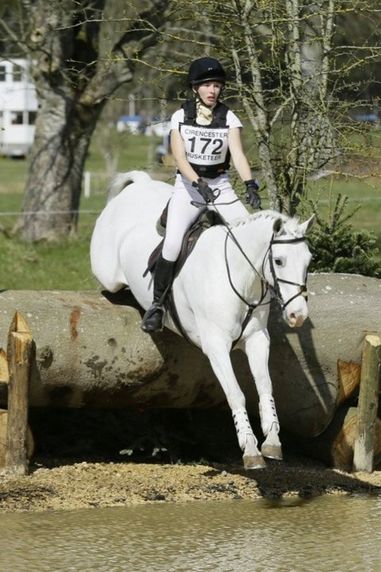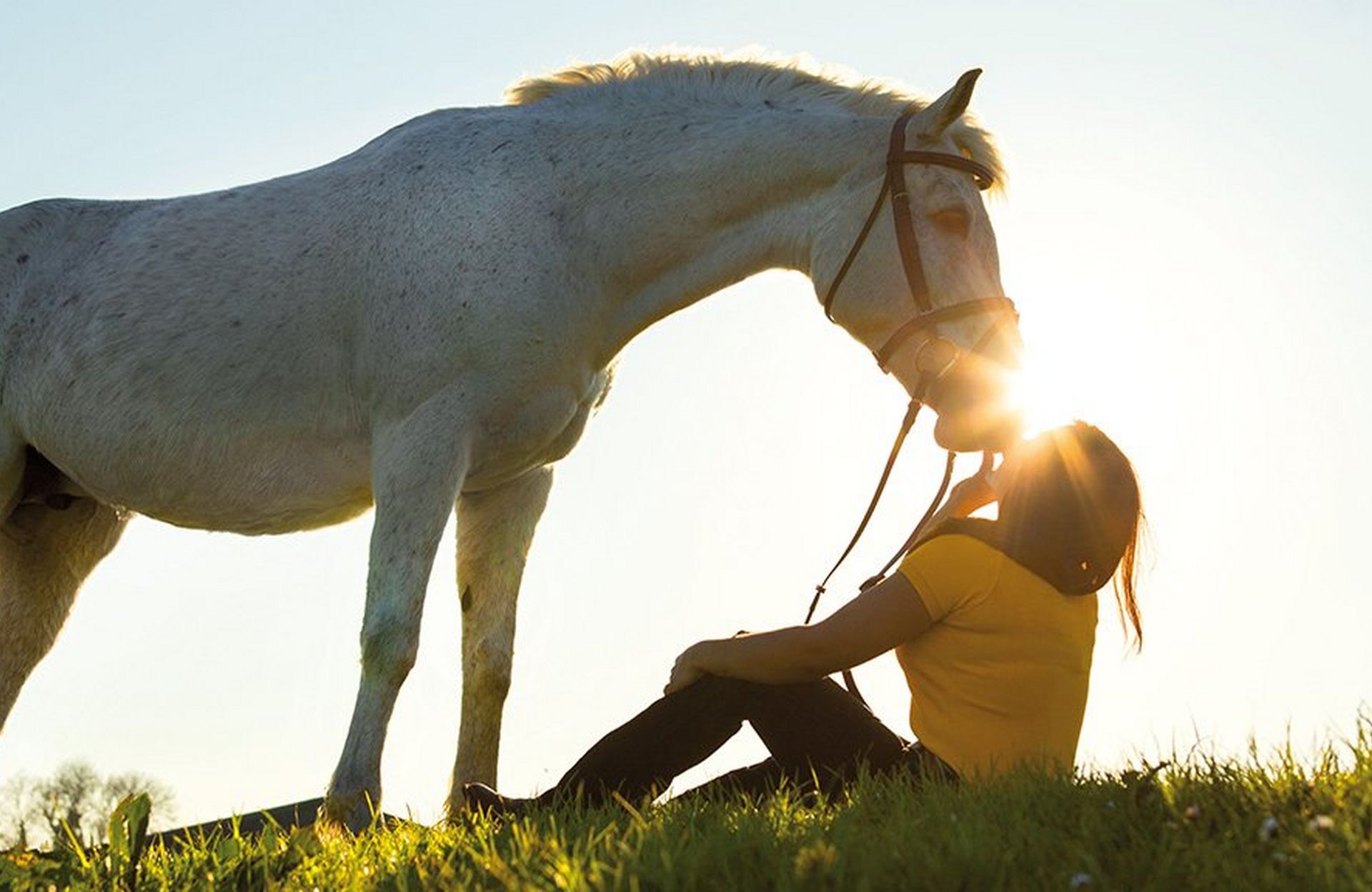
It's been a long time coming, but summer is finally here and touch wood... So is the sunshine! There's no denying that warmer weather and longer days make for great riding, but alongside this comes some pretty substantial risks to our horses welfare. With the increasing chances of heat stroke, dehydration and sunburn, we're all on high alert. Thankfully though, there's plenty we can do to help them cope with hot weather. Take a look at our top tips and handy hints.
Preventing Over Heating
1. Turnout Times
Our first tip is all about timing. If possible, avoid turning your horse out during the hottest part of the day, between 11am and 3pm. Prevention is always better than cure. Night time turnout is ideal if you’ve got the option. Not only is it cooler, there’s less flies about and lower levels of sugar in the grass, so it’s a win-win!
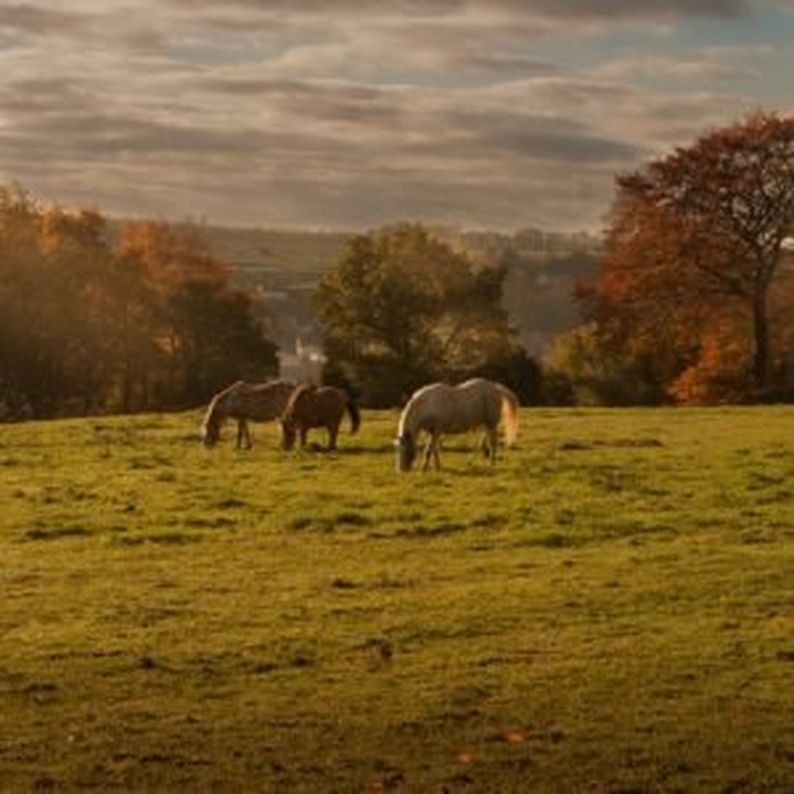
2. Shade
Just like us, our horses need respite. Spending all day in direct sunlight can be really dangerous. So, they should have some form of shade at all times. This doesn't have to be an expensive field shelter or stable, hedges and trees can work just as well. In fact, they can actually be better... They offer great air flow and don't obstruct the cooling breeze!
3. Fans & Ventilation
Stables and barns undoubtedly offer protection from the sun. However, they can become hot, humid and stuffy! If your horse is kept in on a hot day consider investing in fans. While these don’t actually drop the temperature, they keep the air moving for a more comfortable environment. If you choose to try this, be sure to secure them well and check that any wires are well out of your horse’s reach!
4. Cold Hosing
Cold hosing is a great way to cool off horses on a hot day!
Heat Stroke
Like most animals, horses can suffer from heat stroke, also known as Hyperthermia, heat stress and heat exhaustion. It occurs because their internal body temperature becomes too high. As you might expect, this is more common in the summer months. Depending on your horse's breed, they may be better adapted to the cold, with plenty of insulation. On hot days the environmental temperature becomes too similar to that of their internal body temperature. This means that the usual cooling mechanisms of radiation, convection and evaporation become ineffective. When these fail, your horse simply can't cool down. It's important to know the signs of heat stroke so we can prevent the symptoms from escalating.
Symptoms of heat stroke
- Fast resting heart rate
- Excessive sweating
- Temperature consistently over 103ºF
- Red mucus membranes
- Depression
- Lethargy
- Fatigue
- Distress
- Hot to touch
- Collapsing
- Seizures
Treating heat stroke
If you believe your horse is suffering from heat stroke it’s vital to act fast! Before you do anything else, call your vet. While you’re waiting for help to arrive, keep calm. There’s a few things you can do to improve your horses comfort…
- Hose your horse down with a constant stream of cold water, focusing on the large blood vessels in the head & neck, the abdomen and the large muscle groups.
- Scrape off the water every few minutes to prevent it warming up against your horse’s body.
- Offer your horse a drink.
- Get your horse out of the sun to somewhere well ventilated and breezy.
- Remove any rugs, even fly rugs or coolers.
Hydration
1. Water
We all like a cold drink if we’re feeling a bit warm! In fact, our horses can slurp their way through 50 litres or more every single day! So, it’s really important to ensure fresh, clean water is available at all times. When turning your horse out in groups, it’s best to use multiple buckets or troughs so that every horse gets a turn.
2. Encouraging Drinking
It can be tricky to keep an eye on just how much our horses are drinking, especially when they’re out in the field. Thankfully though, there’s a few sneaky ways we can up their intake…
- Soaking hay and adding water to hard feed is a great way to add extra liquid in to your horses diet. Designed to absorb large quantities of water, High Fibre Mash, Pink Mash, Fibre-Beet, Speedi-Beet and Wheat Bran are all great options for horses that don’t drink much.
- Some horses will always be fussy, even when it’s hot! If your horse doesn’t like the taste of their water, you can improve palatability by adding their favourite flavours or tasty treats. Examples include; apple cider vinegar, apple sauce, mint, apple juice or molasses.
- One of the most commonly misquoted pieces of equine nutritional research states that “horses prefer warm water”. It’s simply not true! In actual fact they like cold water. However, they will only drink it in small amounts. So, while cold water is great for cooling off, your horse will actually drink more water if it’s allowed to warm up a little first.
Dehydration in Horses
Did you know that a horse can lose 2-4 gallons of sweat per hour?
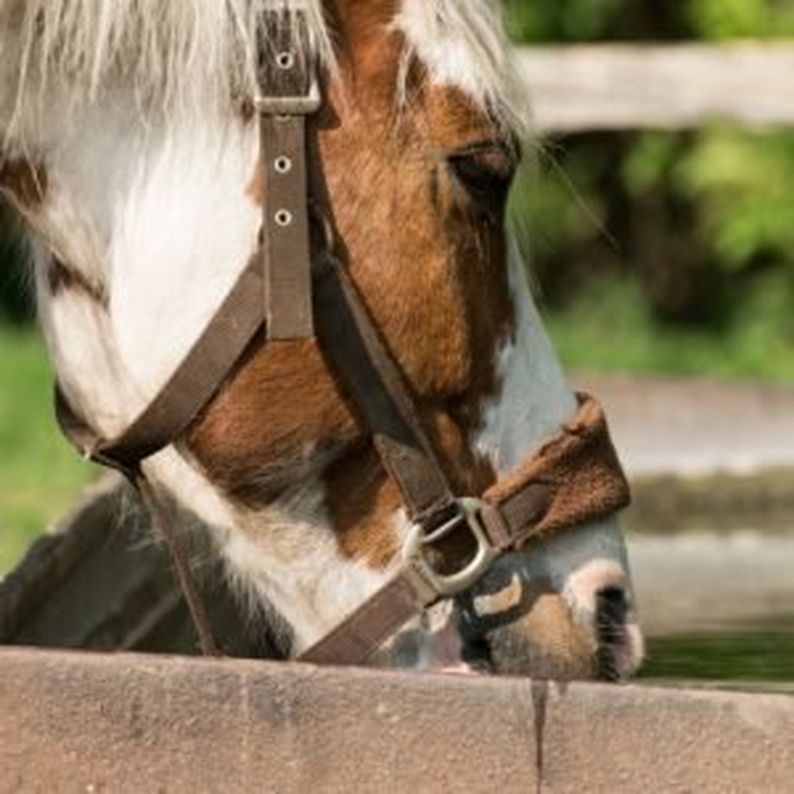
Time for a bit of biology! You’d be forgiven for thinking the way horses sweat is very similar to ourselves, but there’s a few subtle differences, which have a big impact. Horse sweat is isotonic, comprised of water, sodium, potassium and chloride. Unlike human sweat, it has comparatively little water. When we perspire our blood plasma becomes more concentrated, this tells our body it needs diluting, triggering the thirst response. When our horse’s sweat they lose far more electrolytes than water. This means their body doesn’t recognise that the water needs replacing, so they don’t get the same thirst response.
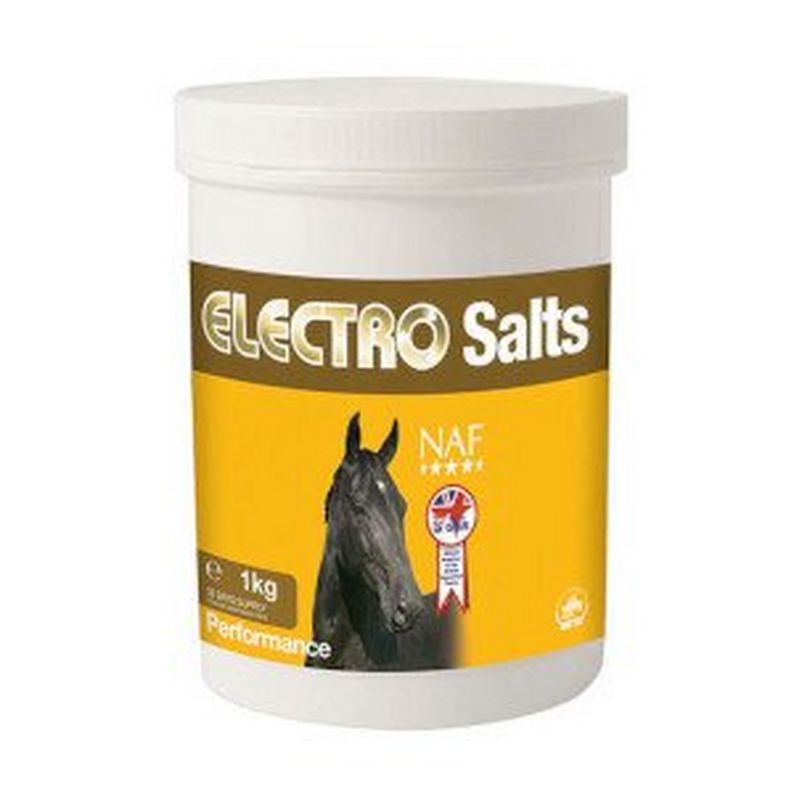
NAF Electro Salts
RRP £17.99
- 1kg
- Contains sodium, potassium, calcium, chloride and magnesium.
Remember, dehydration can affect any horse at any time, but is most common in those that have been sweating excessively, either as a result of work or becoming too hot in the sun. Here’s what to look for…
Symptoms Of Dehydration
- Excessive sweating
- Anhidrosis – A dry salt like covering on the coat.
- Colic
- Anxiety & distress
- Muscle twitching
- Dull eyes
- Dry skin
- Lethargy
- Synchronous Diaphragmatic Flutters (similar to hiccups)
- Rhabdomyolysis (Tying Up)
- Dark or absent urine
Treating Dehydration
More often than not, a dehydrated horse will refuse water. In this case, it’s best to call a vet. They will usually administer large amounts of fluid intravenously. While you’re waiting for the vet to arrive, have a go at our tips for encouraging drinking.
Riding & Exercising
1. Riding Times
When your horse is working, their muscles generate a huge amount of heat. In fact, they can increase your horse’s core body temperature by as much as 1.8° F every single minute. Ideally, avoid riding your horse while it’s hot. If you can, opt for the cooler times of day such as first thing in the morning or later on in the evening.
2. Riding Activities
When the temperatures rise it’s best to keep your horse’s workload light, wherever possible. Avoid activities like show jumping, cross country, hunting, endurance and dressage. Instead, opt for a slow paced hack or take the opportunity to brush up on your walk transitions! Don’t forget, plan in plenty of time for rests and water breaks.
3. Cooling Down
After you’ve ridden, allow your horse plenty of time to recover. Once you’ve unsaddled, try sponging down with a cooling wash to help them feel relaxed and refreshed!

NAF Cooling Wash
RRP £7.99
Add 2 capfuls to 5 litres of water to wash down your horse. No need to rinse!
Shop Now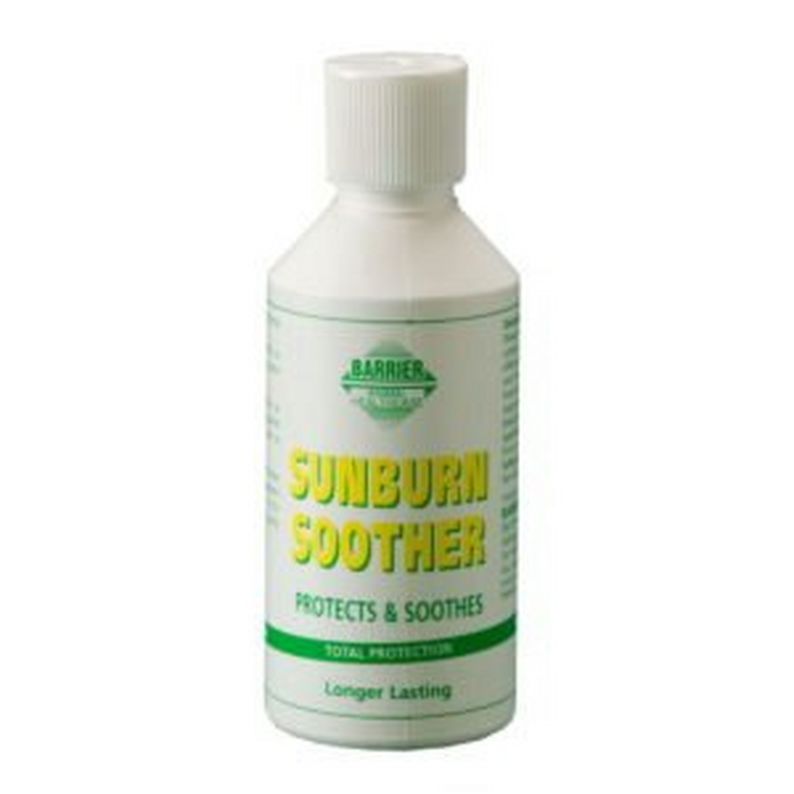
Barrier Sunburn Soother
RRP £9.50
- Soothe, repair & protect
- 100% natural
- No perfumes or artificial thickeners
- SPF 25+

2. Sun Bleaching
While sunburn troubles those with pink skin, darker horses don’t have a ‘get out of jail free card’! You may have noticed your dark bay or black horse changes colour seasonally. This is usually a result of UV coat bleaching. Before you go digging out the hair dye, investing in a fly rug with UV protection will prevent this, while keeping your horse cool and insect free.
Passionate about horses and ponies, keeping them happy and healthy is our No1 priority! If you have any questions you can comment below or give our customer service team a call on 01706 507555. You can shop the products in this blog at www.naylors.com or in-store. If you make a purchase, you can share your pictures with us in the comments or include #NaylorsSnapAndShare on your social posts!

